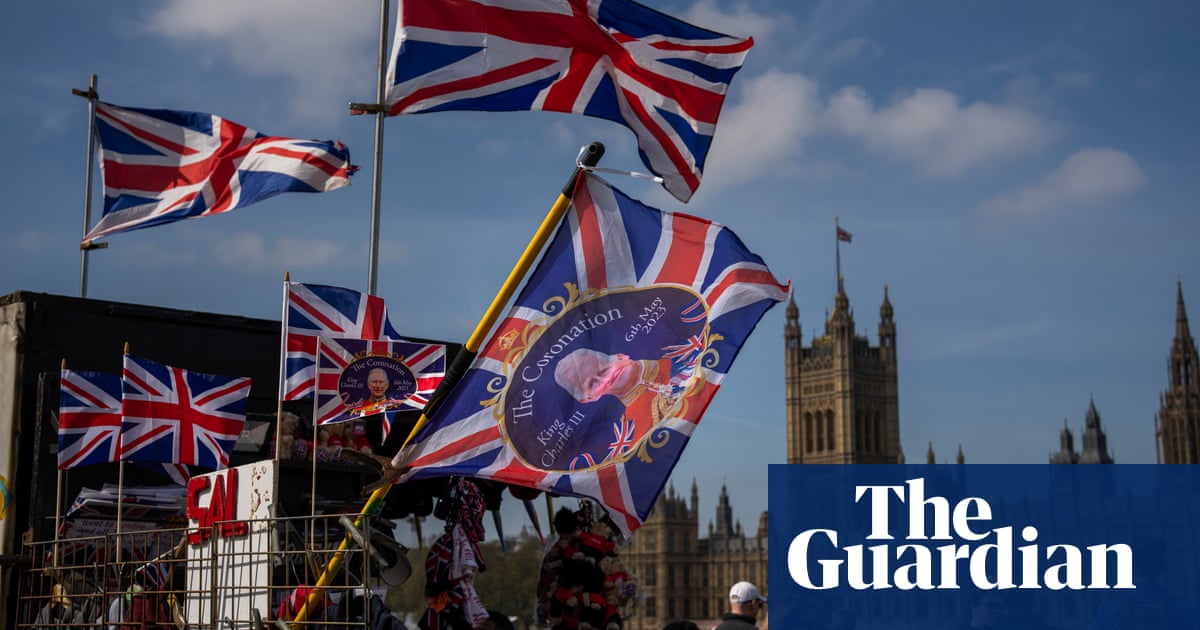Andy_W
Well-known member
We don't know who will be in power, but we know there are enough Tories who won't want to be watched and Labour probably wouldn't use it for "dodgy" reasons. I just don't think it would ever get out of hand, the people don't want that, most of the MP's won't want that. It would likely get used for things which most approve of, and not used for things which most disapprove of.I hope you are right but there are an awful lot of suppositions, I think, I doubts etc contained within your post Andy and we can never tell who is going to be in power in 10 or 20 years and how they might well maliciously use technology that was created with the best of intentions.
I am firmly against the whole 'if you have nothing to hide you have nothing to worry about' shtick when it comes to civil liberties.
I think the UK will gradually shift left over time, so this would end up being used more for protection, rather than restriction/ dodgy aspects.

